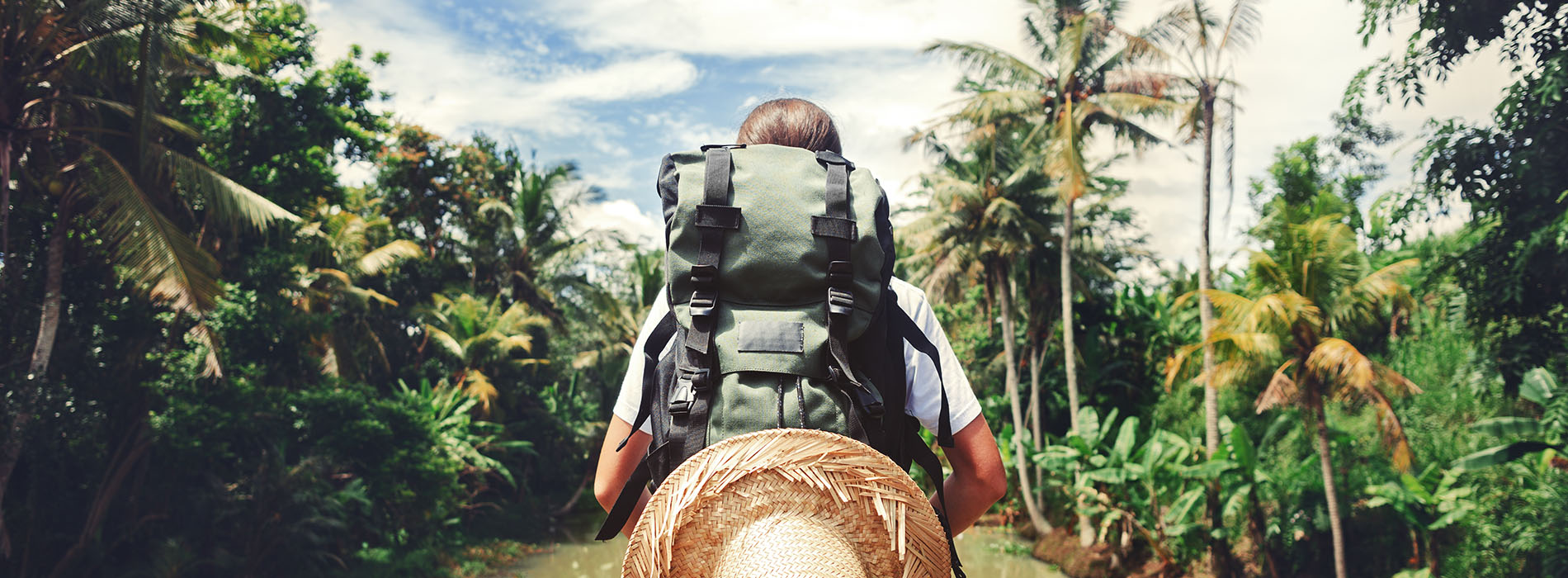Your Skin
Our skin is the largest organ of our body and it is both versatile and amazingly complex. It is soft and pliable to allow us to move f...

First aid kits carry vital tools and equipment that might help save a life during an emergency. It is important that the contents of the kit are suitable and your community pharmacist can advise on how to put together your customised first aid kit.
All first aid kits should be stocked with the basics such as bandages, dressings, gloves, adhesive tape and scissors. Kits could also include tweezers, sick bags, gauze, a first aid booklet, large dressing pads and saline solution.
Most community pharmacies stock a range of first aid kits in various shapes and sizes and if you’re unsure about what kind of first aid kit you’re after, ask your local community pharmacist.
Not all kits will suit your particular travel needs, which is why you need to add a few extra things to make it an essential travel item. Think about who you are travelling with, what health conditions they may have, their age and whether they have any allergies. If you’re travelling with babies, your kit may need extra items such as a digital thermometer, basic pain reliever such as paracetamol or ibuprofen and plastic syringes for accurate dosing.
Also think about where you will be travelling. First aid needs differ between hiking, bike riding or swimming. For the car first aid kit, a highly reflective safety vest can be useful for traffic or busy roads. For campers, adding instant cold packs, disposable ponchos, plastic bags, whistle, compass, torch and glow sticks could help if you’re in a remote area.
Kits should be stored in a dry cool place and be easily accessible. Medicines in the first aid kit may get damaged if exposed to high temperatures in cars parked in the sun.
Some items in kits, such as sterile solutions or tablets may have a use-by date and need to be replaced periodically. Regularly check that items are in good working order, have not deteriorated and are within their expiry date.
Medicines exposed to high temperatures or past their expiry date should be safely discarded by returning them to your pharmacy.
Checking the kit after each use will help ensure it’s always ready when you need it. If not used the kit, still check it every 12 months. If you’ve used an item always remember to replace it.
Everyone in the family should know where the kit is at all times in case of an emergency.
If you want to make the best use of your first aid kit you need the right training. Knowing what to do in an emergency could help prevent further injury or even save a life so undertaking a first aid course should be apriority. Many training organisations offer first aid courses all around Australia.
 Advice
Advice
Our skin is the largest organ of our body and it is both versatile and amazingly complex. It is soft and pliable to allow us to move f...
The community pharmacy system in Australia is recognised as world-best and the expertise and knowledge of your pharmacist means health...
Australians love travelling but all too often the stories of the fun times are overshadowed by tales of sickness and illness. In fact,...